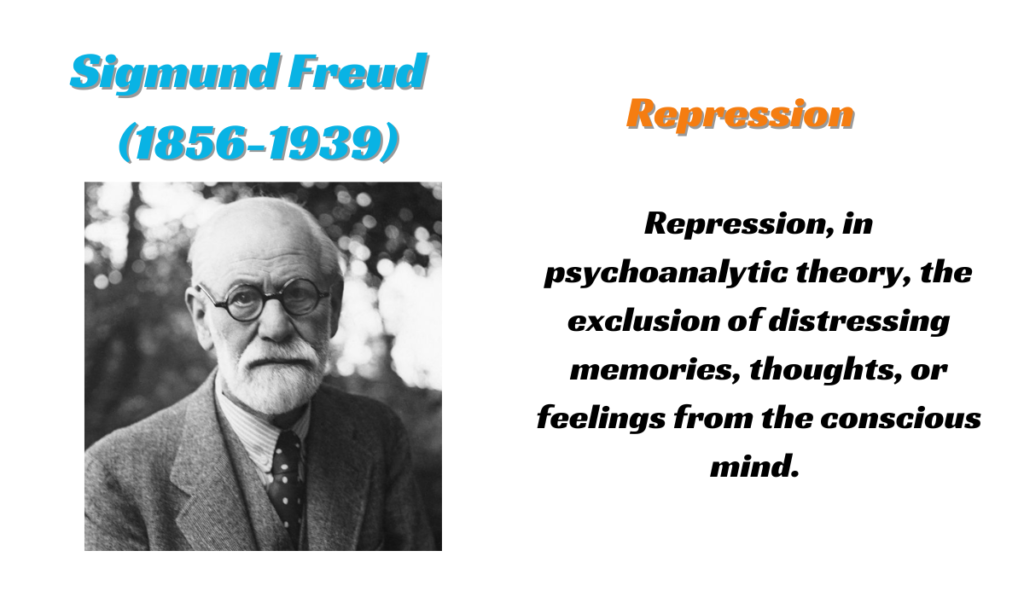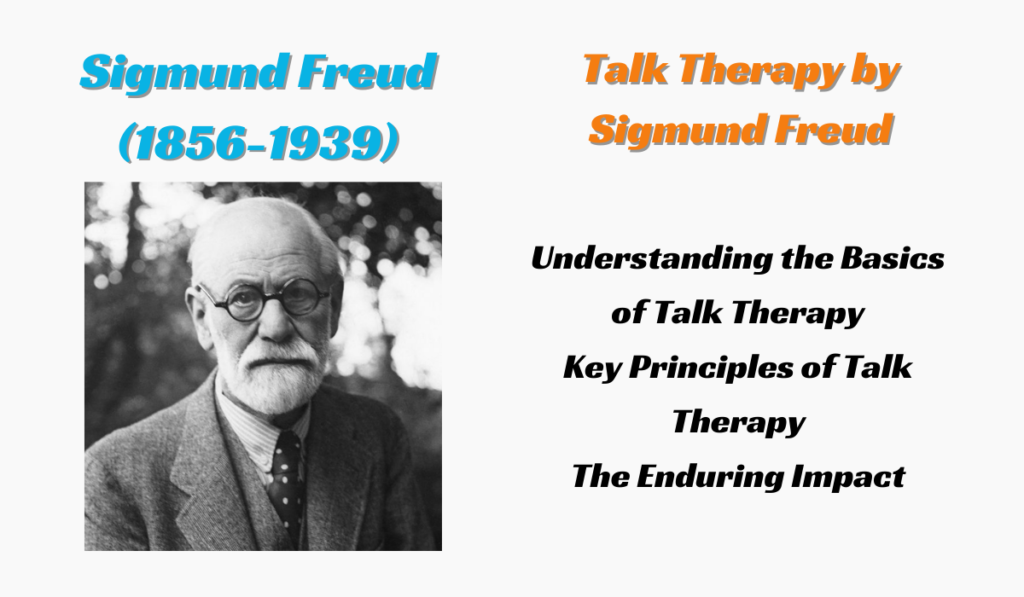Freud’s psychoanalytic theory of personality development provides insight into how emotional energy flows and how personality develops.

Key Takeaways
- Freud’s psychoanalysis theory of personality development breaks the human personality into three main parts: the id, ego, and superego.
- Cathexis means focusing emotional energy on a person, object, or idea, while anticathexis is the mental force used to block or control unwanted desires.
- The cathexis definition helps us understand how the mind invests energy, and the cathexis meaning explains why we feel strongly about certain people or goals.
- Anticathexis works as a mental defense mechanism controlled by the ego and superego to manage unacceptable thoughts or urges.
- In Freud’s theory, both life and death instincts play a role in shaping behavior — known as Eros and Thanatos, they represent love/creation and aggression/destruction.
- These ideas are key to the psychoanalytic model by Sigmund Freud, which explains human behavior using the id, ego, and superego.
- The psychoanalytic model also explains how people grow emotionally across different life stages through the balance of cathexis and anticathexis.
- Understanding Freud’s psychoanalytic model of personality development gives us insight into how emotional energy flows and how personality forms.
When we talk about human behavior, emotions, and mental health, few names stand out like Sigmund Freud. He gave us deep insights into how our minds work through what’s called the psychoanalysis theory. This model explains how our thoughts, desires, and fears shape our personalities and influence our actions.
One important part of this theory involves something called cathexis and anticathexis — two terms that help explain how our energy and emotions are used in the brain. In this article, we’ll explore these concepts and see how they connect with Freud’s psychoanalytic model of personality development, including his famous theory of life and death instincts — or what he also called Eros and Thanatos.
What Is the Psychoanalytic Model by Sigmund Freud?
Before we dive into cathexis and anticathexis, let’s understand the psychoanalysis theory by Sigmund Freud.
Understanding human behavior has always been a complex task. Why do we feel torn between what we want to do and what we should do? Why do some desires feel so strong, yet we hold them back? Sigmund Freud, one of the most famous psychologists in history, developed a groundbreaking theory to explain these inner conflicts. This theory is known as the Freud’s psychoanalysis theory of personality development.
At its core, this model breaks the human personality into three main parts: the id, ego, and superego. These are not physical parts of the brain, but psychological forces that work within us—constantly interacting and often battling for control over our actions.
The Three Parts of Freud’s Psychoanalytic Model
1. The Id: The Pleasure Seeker
The id is the most primitive part of our personality. It’s present from birth and contains all our basic instincts and desires. The id operates completely on the pleasure principle, meaning it wants what feels good—now—with no regard for reality, rules, or consequences.
For example:
- A baby crying for milk without waiting is acting from the id.
- When we feel sudden anger, hunger, or sexual desire, that’s the id speaking.
The id doesn’t think logically or morally. It’s all about satisfying our urges—instantly. This is where life and death instincts come into play. Freud believed the id carries both Eros (life instinct) and Thanatos (death instinct). These are powerful forces that push us toward survival, pleasure, and creation (Eros) or aggression, self-destruction, and chaos (Thanatos).
2. The Ego: The Reality Manager
As we grow, we learn that we can’t always get what we want, and this gives rise to the ego. The ego is the part of the mind that deals with reality. It acts as a mediator between the wild desires of the id and the rules set by society (represented by the superego).
The ego works on the reality principle—trying to satisfy the id’s needs in ways that are acceptable and realistic.
Example:
- If your id wants to eat cake, but you’re on a diet, the ego finds a middle ground: maybe a smaller piece, or fruit instead.
The ego is rational. It uses logic, planning, and problem-solving to control the id’s impulses. But controlling these powerful urges takes energy—and this is where Freud introduced the concept of libido and cathexis.
3. The Superego: The Moral Judge
The superego develops last. It represents moral standards, values, and social rules we learn from parents, teachers, religion, and culture. It acts like an inner judge or voice of conscience. The superego tells us:
- What is right and wrong.
- What we should or shouldn’t do.
When we follow these rules, the superego rewards us with feelings of pride. When we break them, it punishes us with guilt.
The superego often pushes back hard against the id’s desires. For example:
- The id says: “I want to lie to avoid trouble.”
- The superego says: “Lying is wrong. You’ll feel guilty.”
The ego is stuck in the middle, trying to balance these two forces. This constant push and pull create inner tension—and that’s where cathexis and anticathexis come in.
Libido: The Energy Behind the Mind
In Freud’s psychoanalytic model, everything runs on libido—a form of mental or psychic energy. It’s not just sexual energy (as many people wrongly assume), but a broader energy that powers all mental activity: love, ambition, fear, anger, creativity, and more.
This energy flows throughout the mind, moving between the id, ego, and superego, helping each part do its job. Where that energy goes and how it’s used is described by two key terms: cathexis and anticathexis.
What Is Cathexis?
Let’s start with the cathexis meaning.
Cathexis is when your mental energy (libido) is focused on something — like a person, object, or idea. This could be love for someone, fear of failure, or even obsession with success. According to Freud, cathexis is how we direct our emotional and mental energy.
Cathexis Definition (Simple Terms)
In easy words, the cathexis definition is:
“The process of investing emotional or mental energy in a person, object, or idea.”
For example:
- A child may form a cathexis with their mother.
- A student may have a strong cathexis toward getting high grades.
- Someone may direct cathexis to a hobby, like painting or music.
This energy fuels our desires, motivations, and emotional bonds.
What Is Anticathexis?
Now comes anticathexis — which is almost the opposite.
Anticathexis is the mental energy used to block or control the desires from the id. Remember, the id wants instant pleasure — but sometimes, those desires are not acceptable in real life. That’s where anticathexis steps in.
The ego and superego use anticathexis to keep those strong urges in check. This helps us behave in socially acceptable ways.
For example:
- If someone feels angry but doesn’t show it, that’s anticathexis at work.
- If you want to eat cake during a diet but resist the urge, that’s anticathexis too.
So while cathexis puts energy toward a desire, anticathexis blocks or redirects it.
Life and Death Instincts: Eros and Thanatos
Freud didn’t just stop at cathexis and anticathexis. He also believed in two major forces inside us: the life instinct and the death instinct.
These are also called Eros and Thanatos in Greek:
- Eros: The life force. It wants love, creation, survival, and pleasure.
- Thanatos: The death force. It wants destruction, aggression, or even a return to a peaceful, lifeless state.
Together, they form the life and death instincts that drive much of human behavior.
How Does This Connect to Cathexis?
Good question! When our mind follows the Eros instinct, it creates strong cathexis — emotional energy focused on people or passions. But when Thanatos takes over, we might see anticathexis working harder, trying to control negative or destructive thoughts.
This tug-of-war between Eros and Thanatos explains why we sometimes feel torn between doing good or acting out. It also shows why Freud’s ideas are still relevant in psychology today.
Real-Life Examples of Cathexis and Anticathexis
To make things clearer, let’s look at a few simple examples.
Example 1: Love and Relationships
You meet someone you like. You think about them all the time, message them often, and want to be around them. That’s cathexis — you’ve invested emotional energy in that person.
But maybe that person is already in a relationship, or things aren’t working out. Your superego reminds you it’s wrong or unhealthy to continue. So your ego uses anticathexis to push those feelings down.
Example 2: Addiction and Self-Control
A person wants to quit smoking (that’s the superego talking). But the id still craves nicotine. Cathexis directs energy toward the desire to smoke. The ego steps in using anticathexis to suppress that urge and resist the addiction.
Freud’s Psychosexual stages of Personality Development
Now that we’ve seen how cathexis and anticathexis work, we can better understand Freud’s psychosexual stages of personality development.
Freud believed that as we grow up, our personality forms through different stages. At each stage, energy (libido) is directed toward different areas of life, and we learn to control our desires using anticathexis.
These stages are:
- Oral Stage (0–1 year): Pleasure from the mouth (e.g., sucking)
- Anal Stage (1–3 years): Pleasure from bowel control
- Phallic Stage (3–6 years): Awareness of gender, early emotions toward parents
- Latency Stage (6–12 years): Energy is hidden or redirected (important for anticathexis)
- Genital Stage (12+): Adult relationships, mature sexual feelings
Each stage involves cathexis toward certain areas, and anticathexis develops as we learn to control those feelings and act properly in society.
Final Thoughts
Understanding cathexis and anticathexis helps us see how our minds work on a deeper level. Whether it’s love, anger, ambition, or guilt — our emotional energy is always flowing. Freud believed this energy could either push us toward pleasure (cathexis) or pull us back through control (anticathexis).
These processes are at the heart of Freud’s psychoanalytic model of personality development, giving us tools to understand human behavior in daily life. Combined with the powerful forces of life and death instincts — Eros and Thanatos — they show that our mental world is full of conflict, energy, and growth.
Even today, the psychoanalytic model by Sigmund Freud remains a key foundation for understanding emotions, therapy, and personality in modern psychology.
FAQs
1. What is cathexis in Freud’s psychoanalytic model?
Cathexis is the process of putting emotional energy into something or someone. In Freud’s psychoanalytic model of personality development, it explains how desires and feelings shape our behavior.
2. What does anticathexis mean in psychology?
Anticathexis is the mental energy used to block or control unwanted thoughts and urges. It helps the ego and superego manage the strong desires from the id.
3. What is the difference between cathexis and anticathexis?
Cathexis is when we focus our emotional energy on something, while anticathexis is when we stop or control that focus, usually to follow rules or morals.
4. How do life and death instincts affect cathexis?
Life and death instincts (also called Eros and Thanatos) influence where we place our emotional energy. Life instincts lead to love and creation (cathexis), while death instincts can trigger aggression, which the mind may try to block (anticathexis).
5. Why are Eros and Thanatos important in Freud’s theory?
Eros and Thanatos are the two main forces in Freud’s psychoanalytic model. They explain the push and pull between creative, loving actions and destructive, aggressive behaviors that shape our personality and choices.
Mariam holds an MS in Sociology with a specialization in Medical Sociology and Social Psychology. With a strong academic background and extensive research work in both fields, she brings depth and clarity to complex topics. Her writing explores the intersection of society, health, and the human mind, making academic ideas easy to grasp and relevant to everyday life.


